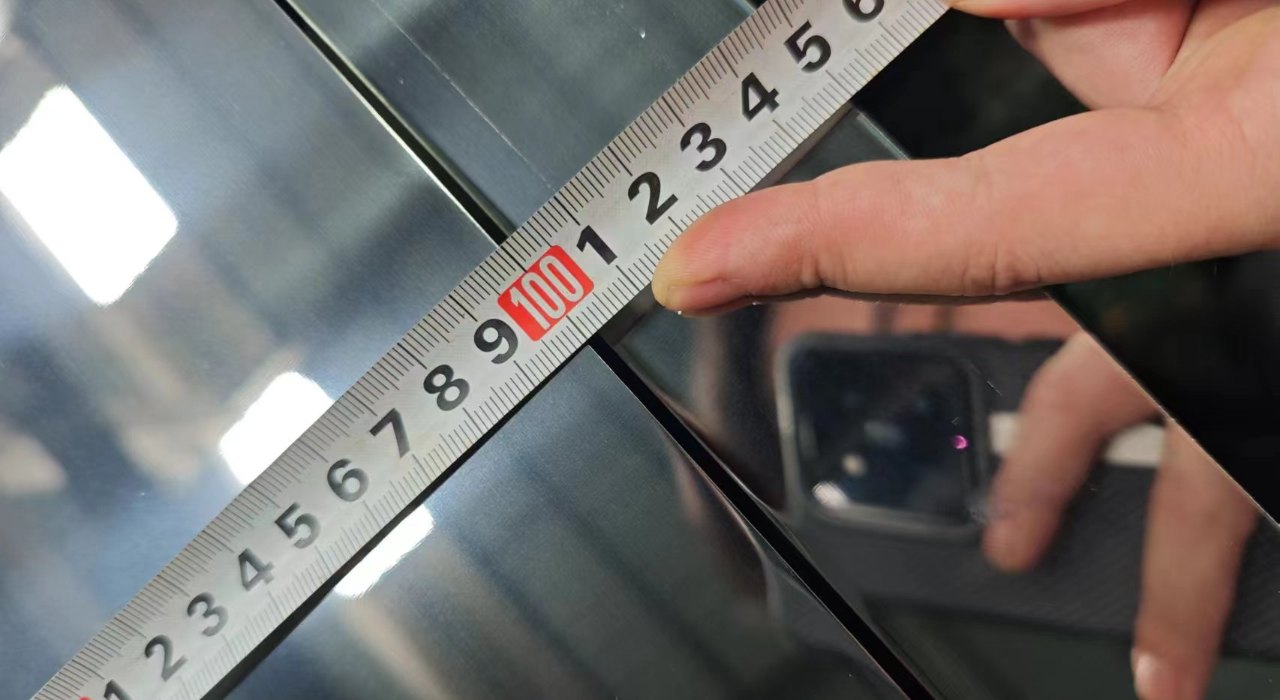At Aoxing Mill, we understand the importance of choosing the right type of stainless steel for your project.. This blog focuses on the density of stainless steel. Knowing the density of different grades of stainless steel helps you make informed choices for specific applications.
Density Of Common Stainless Steel Grades
| Stainless Steel types | Grades | Density(g/cm3) |
| Austenitic | 304 | 7.93 |
| 316 | 7.98 | |
| 301 | 7.93 | |
| Ferritic | 430 | 7.75 |
| 409 | 7.75 | |
| Martensitic | 410 | 7.75 |
| 420 | 7.74 | |
| Duplex | 2205 | 7.80 |
Factors Affecting The Density Of Stainless Steel
The density of stainless steel is influenced by several key factors.
Alloy Composition:
The specific elements and their proportions in the stainless steel alloy significantly impact its density.
- Iron (Fe): The primary element, influencing the base density.
- Chromium (Cr): Added for corrosion resistance; has a lower density than iron.
- Nickel (Ni): Improves toughness and resistance to oxidation; has a higher density than iron.
- Molybdenum (Mo): Enhances corrosion resistance, especially against chlorides; has a higher density than iron.
- Carbon (C): Present in small amounts; its influence on density is minimal but crucial for mechanical properties.
Manufacturing Processes:
The method of production can influence the microstructure and density.
- Casting: May result in a less uniform density due to potential porosity.
- Forging and Rolling: Typically produce more uniform and denser materials due to the work hardening and grain refinement.
Temperature and Thermal Expansion:
Density changes with temperature due to thermal expansion.
- Higher Temperatures: Cause expansion, resulting in a slight decrease in density.
- Lower Temperatures: Cause contraction, resulting in a slight increase in density.
Impurities and Inclusions:
The presence of impurities and non-metallic inclusions can affect the density.
- Impurities: Elements like sulfur, phosphorus, and silicon can slightly alter density.
- Inclusions: Non-metallic particles such as oxides or sulfides can create density variations within the material.
Crystal Structure:
The arrangement of atoms in the crystal lattice influences density.
- Face-Centered Cubic (FCC): Found in austenitic stainless steels, generally higher density.
- Body-Centered Cubic (BCC): Found in ferritic and martensitic stainless steels, generally lower density.
Applications And Implications
The density of stainless steel affects its suitability for various applications.
- Construction and Architecture: The density contributes to the strength-to-weight ratio, influencing structural integrity and load-bearing capacity.
- Automotive and Aerospace: Lower density materials are preferred for weight reduction, fuel efficiency, and performance.
- Medical Devices and Equipment: High density ensures durability and resistance to wear and corrosion, essential for medical tools and implants.
- Food and Beverage Industry: Density impacts the fabrication of tanks, pipes, and containers, ensuring hygiene and ease of cleaning.
Summary
The density of stainless steel, generally around 7.75 to 8.05 g/cm³, is a result of its alloy composition and processing methods. This property plays a crucial role in determining its applications and performance across various industries, balancing factors like strength, weight, durability, and cost.
Post time: Jul-11-2024





